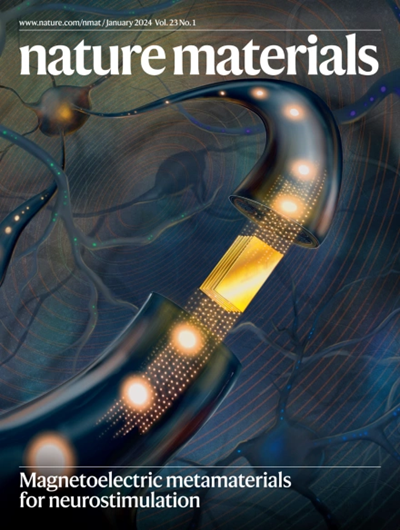Active learning guides discovery of a champion four-metal perovskite oxide for oxygen evolution electrocatalysis
IF 37.2
1区 材料科学
Q1 CHEMISTRY, PHYSICAL
引用次数: 0
Abstract
Multi-metal oxides in general and perovskite oxides in particular have attracted considerable attention as oxygen evolution electrocatalysts. Although numerous theoretical studies have been undertaken, the most promising perovskite-based catalysts continue to emerge from human-driven experimental campaigns rather than data-driven machine learning protocols, which are often limited by the scarcity of experimental data on which to train the models. This work promises to break this impasse by demonstrating that active learning on even small datasets—but supplemented by informative structural-characterization data and coupled with closed-loop experimentation—can yield materials of outstanding performance. The model we develop not only reproduces several non-obvious and actively studied experimental trends but also identifies a composition of a perovskite oxide electrocatalyst exhibiting an intrinsic overpotential at 10 mA cm–2oxide of 391 mV, which is among the lowest known of four-metal perovskite oxides. Multi-metal and perovskite oxides are attractive as oxygen evolution electrocatalysts, and thus far the most promising candidates have emerged from experimental methodologies. Active-learning models supplemented by structural-characterization data and closed-loop experimentation can now identify a perovskite oxide with outstanding performance.

积极学习指导发现用于析氧电催化的四金属钙钛矿氧化物冠军。
通常的多金属氧化物,特别是钙钛矿氧化物作为析氧电催化剂已经引起了相当大的关注。尽管已经进行了大量的理论研究,但最有前途的钙钛矿基催化剂仍然来自人类驱动的实验活动,而不是数据驱动的机器学习协议,因为缺乏训练模型的实验数据,这些协议往往受到限制。这项工作有望打破这一僵局,证明即使在小数据集上进行主动学习,但辅以信息丰富的结构表征数据,再加上闭环实验,也可以产生性能卓越的材料。我们开发的模型不仅再现了几个不明显且积极研究的实验趋势,还确定了钙钛矿氧化物电催化剂的组成,该催化剂在10 毫安 391的cm-2氧化物 mV,这是已知的四种金属钙钛矿氧化物中最低的。
本文章由计算机程序翻译,如有差异,请以英文原文为准。
求助全文
约1分钟内获得全文
求助全文
来源期刊

Nature Materials
工程技术-材料科学:综合
CiteScore
62.20
自引率
0.70%
发文量
221
审稿时长
3.2 months
期刊介绍:
Nature Materials is a monthly multi-disciplinary journal aimed at bringing together cutting-edge research across the entire spectrum of materials science and engineering. It covers all applied and fundamental aspects of the synthesis/processing, structure/composition, properties, and performance of materials. The journal recognizes that materials research has an increasing impact on classical disciplines such as physics, chemistry, and biology.
Additionally, Nature Materials provides a forum for the development of a common identity among materials scientists and encourages interdisciplinary collaboration. It takes an integrated and balanced approach to all areas of materials research, fostering the exchange of ideas between scientists involved in different disciplines.
Nature Materials is an invaluable resource for scientists in academia and industry who are active in discovering and developing materials and materials-related concepts. It offers engaging and informative papers of exceptional significance and quality, with the aim of influencing the development of society in the future.
 求助内容:
求助内容: 应助结果提醒方式:
应助结果提醒方式:


